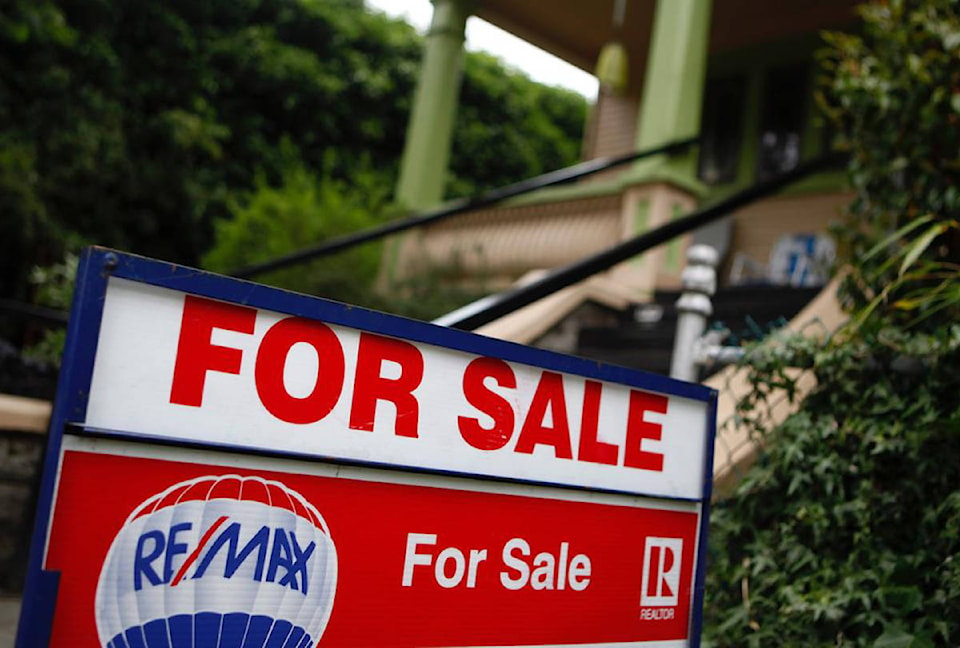A new housing affordability study is painting a grim picture for the majority of B.C. residents, where just four markets remain in reach compared to the average income.
Those four markets are Prince George, Kamloops, Campbell River and Langford, which are the only four places within the province with a positive gap between the salary required to purchase an average home and actual household incomes.
The Vancouver real estate market takes the obvious spot at the other end of the spectrum, holding top spot for the least affordable city in B.C. There, local median annual earnings clock in at $65,327, a whopping $97,866 short of affording the average home priced at $1,196,350.
That’s according to a new study of 20 B.C. Markets that was put together by real-estate search and , which revealed wide income gaps in the majority of B.C. housing markets.
This means, buyers do not earn enough to afford the average home in a total of 16 markets across the province.
The findings are based on a summary of October 2018 benchmark and average home prices, the income required to afford the homes and regional median incomes as reported by Statistics Canada.
A lack of affordability across the province comes as no surprise as B.C. is home to the nation’s priciest market – Vancouver. Measures to improve supply, cool speculative price growth and improve purchasing power are currently a priority among policymakers.
In fact, according to Zoocasa, too-steep housing prices are starting to be reflected in the province’s sales activity and price appreciation: according to the latest numbers from the British Columbia Real Estate Association, sales have plummeted 33.2 per cent from 2017, with the average price budging 1.1 per cent, decreasing to $685,749.
The total dollar value from sales also fell 34 per cent – representing $2 billion – to $3.8 billion, a sharp contrast to the robust 30.2 per cent increase recorded last year.
Much of this slowdown is being attributed to the , which requires mortgage borrowers to qualify at a rate roughly two per cent higher than their actual contract. That’s effectively slashed purchasing power among buyers, reducing the type and size of home they would now qualify for.
This is also exacerbated further by a sharp misalignment between home prices and what British Columbians actually earn.
This gap becomes even more acute when the current stress test qualification rate of 5.34 per cent is factored into the calculation. Doing so pushes buyers’ income gap in Vancouver into the six-figure range, at $135,169, and reduces the number of truly affordable markets to just two – Prince George and Kamloops.
Check out the infographic below to see how earnings and average home prices align throughout the province of BC.
Top 5 Least Affordable Housing Markets in British Columbia
1 – Vancouver
Median household income: $65,327
Benchmark home price: $1,196,350
Income gap: $97,866
2 – Richmond
Median household income: $65,241
Benchmark home price: $1,016,200
Income gap: $73,377
3 – Burnaby
Median household income: $64,737
Benchmark home price: $978,800
Income gap: $68,780
4 – North Vancouver
Median household income: $80,838
Benchmark home price: $1,065,500
Income gap: $64,505
5 – Coquitlam
Median household income: $74,383
Benchmark home price: $941,600
Income gap: $54,059
Top 5 Most Affordable Housing Markets in British Columbia
1 – Prince George
Median household income: $78,427
Average home price: $315,434*
Income surplus: $35,399
2 – Kamloops
Median household income: $73,822
Average home price: $406,912
Income surplus: $18,315
3 – Campbell River
Median household income: $65,086
Average home price: $436,426
Income surplus: $5,533
4 – Langford
Median household income: $80,331
Average home price: $552,431
Income surplus: $4,974
5 – Penticton
Median household income: $54,293
Average home price: $361,468*
Income gap: $9,769
* September 2018 home price - The income required to afford the benchmark or average home was calculated using the Ratehub mortgage affordability calculator, assuming a 20 per cent down payment, a mortgage rate of 3.33 per cent and a 30-year amortization. The calculation does not include carrying costs such as heating and property taxes.
To report a typo, email:
newstips@kelownacapnews.com.
carmen.weld@bpdigital.ca
Like us on and follow us on .



